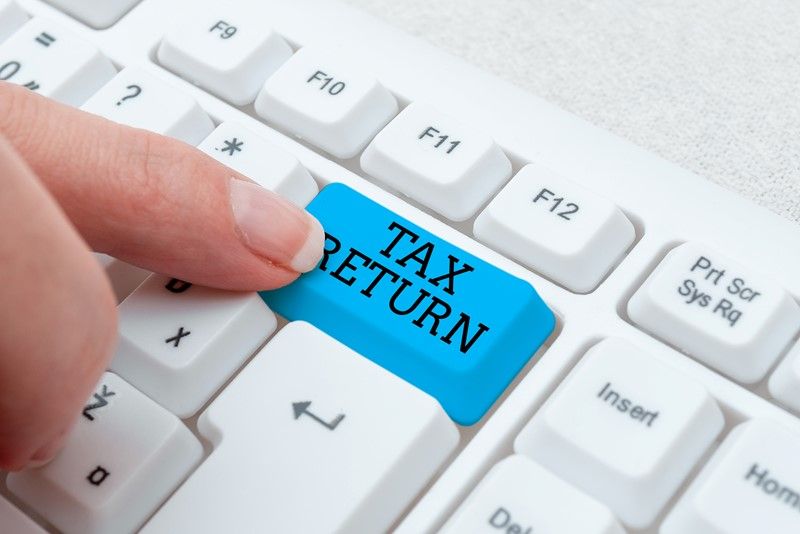Being paid directly is not a confirmation that you are an employee
A Tribunal has provided a landmark ruling over employer-employee status in the context of direct payments made under the Care Act 2014, ruling that an LA was not in fact the direct employer of a carer. The appeal revolved around the question of whether the LA was the de facto employer of V, who had provided care and support to his adult brother, S, between 2013 and 2020. V was paid directly by the LA via the Care Act 2014 under a contract of employment.
V claimed race and disability discrimination, as well as payment arrears, asserting a formal employment relationship with the LA. The Appeal Tribunal rejected all of V's claims and found no error of law in the original Tribunal’s approach, as there was no basis for an implied contract with V. The Tribunal’s findings of fact, such as his brother S's control of the budget, payslips naming S, and their family arranging cover, clearly pointed to S as the employer. The test for implying such a contract is a "necessity" in explaining the parties' actions, which was not met here, given the express contract with S.
As such, direct payments are a valid method by which an LA may discharge its statutory duty under the Care Act 2014. As to the issue of S's capacity to enter into a contract of employment, the Judge agreed with the LA that capacity is a matter for medical evidence and not mere assertion. Even if S had lacked capacity, it would have made the contract voidable, not void, and would not have necessitated an implied contract with the LA. This decision strongly affirms that LAs can effectively discharge their statutory duties under the Care Act 2014 by making direct payments, without automatically becoming the employer of the carers. This case illustrates how courts will seek to determine the identity of the employer in such direct payment arrangements. Those employed via such direct payment schemes are unlikely to be able to claim employment status with the LA unless there is compelling evidence that the LA retained significant and direct control over their day-to-day work. This case has far-reaching implications for freelancers and so employers should always seek to clarify whether any direct payments constitute a formal employer-employee relationship to avoid legal pitfalls.




